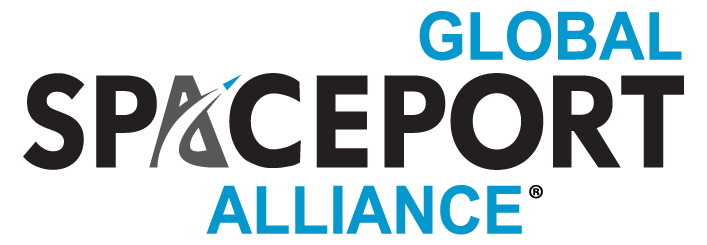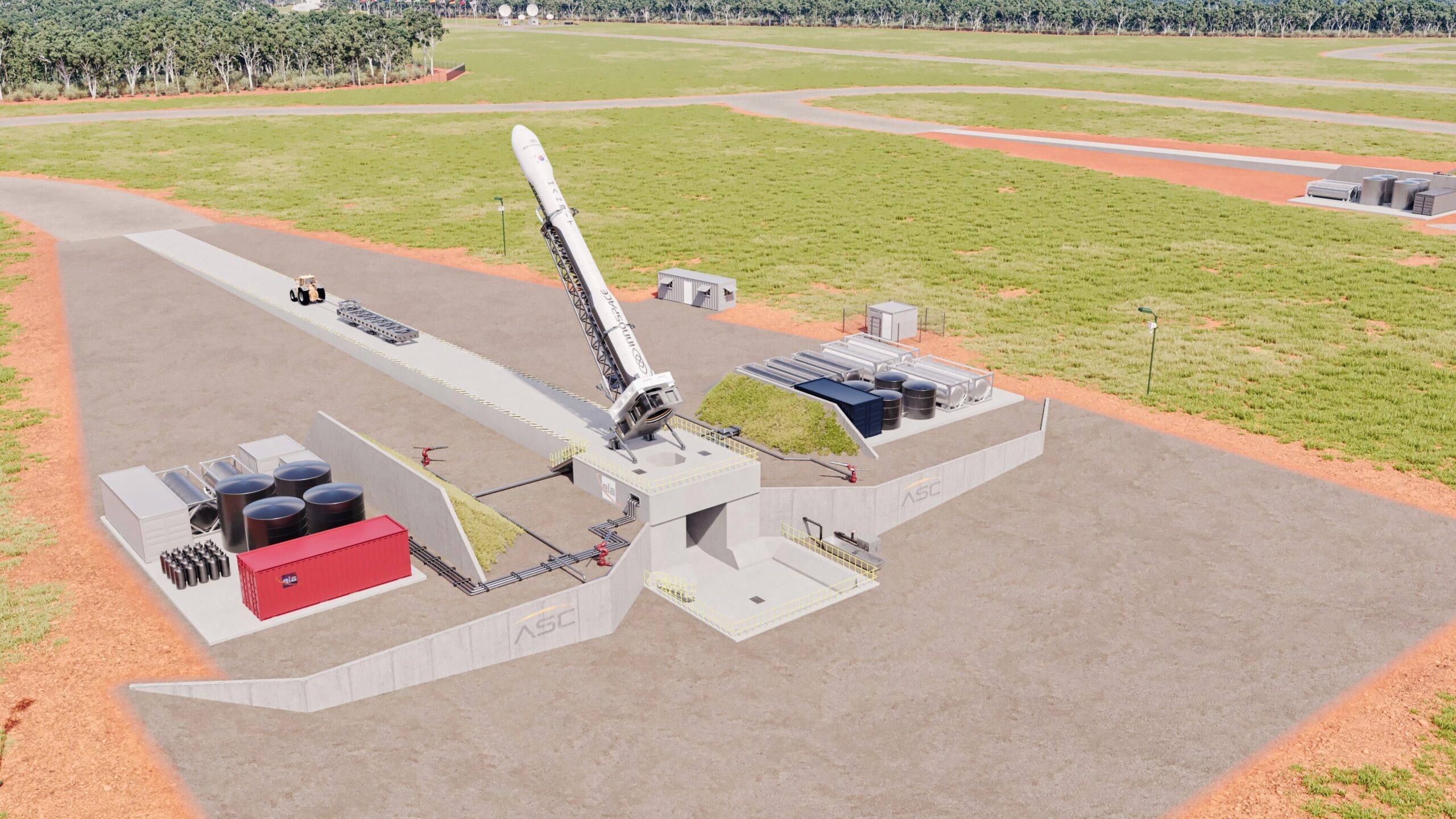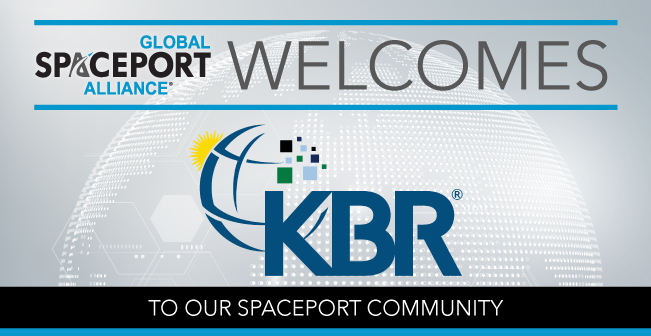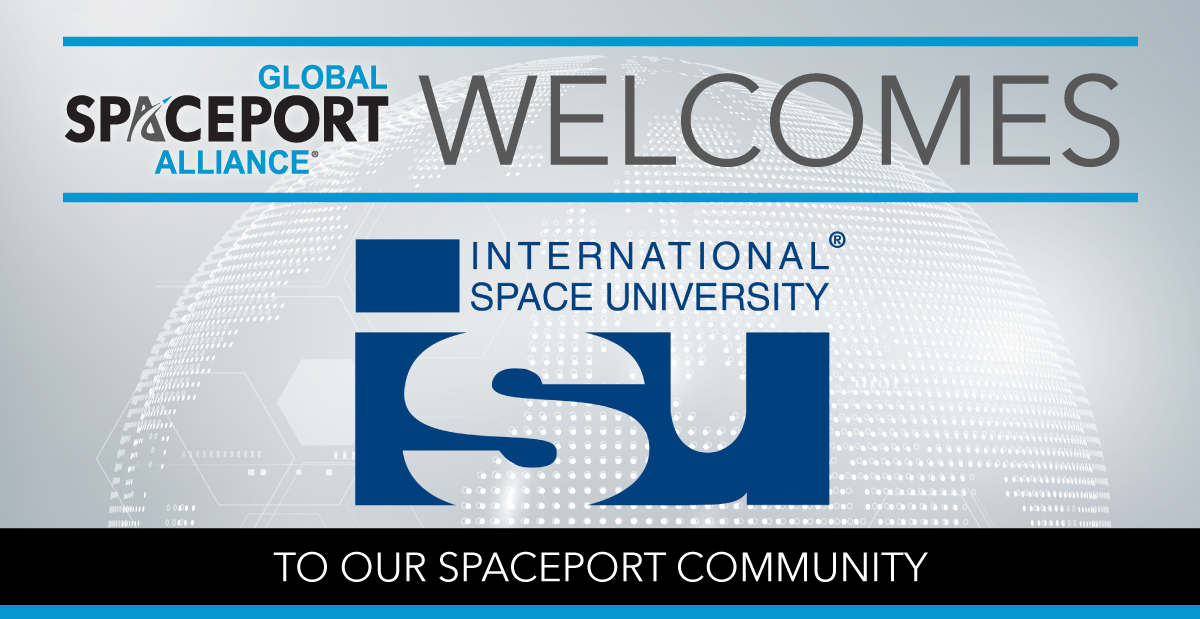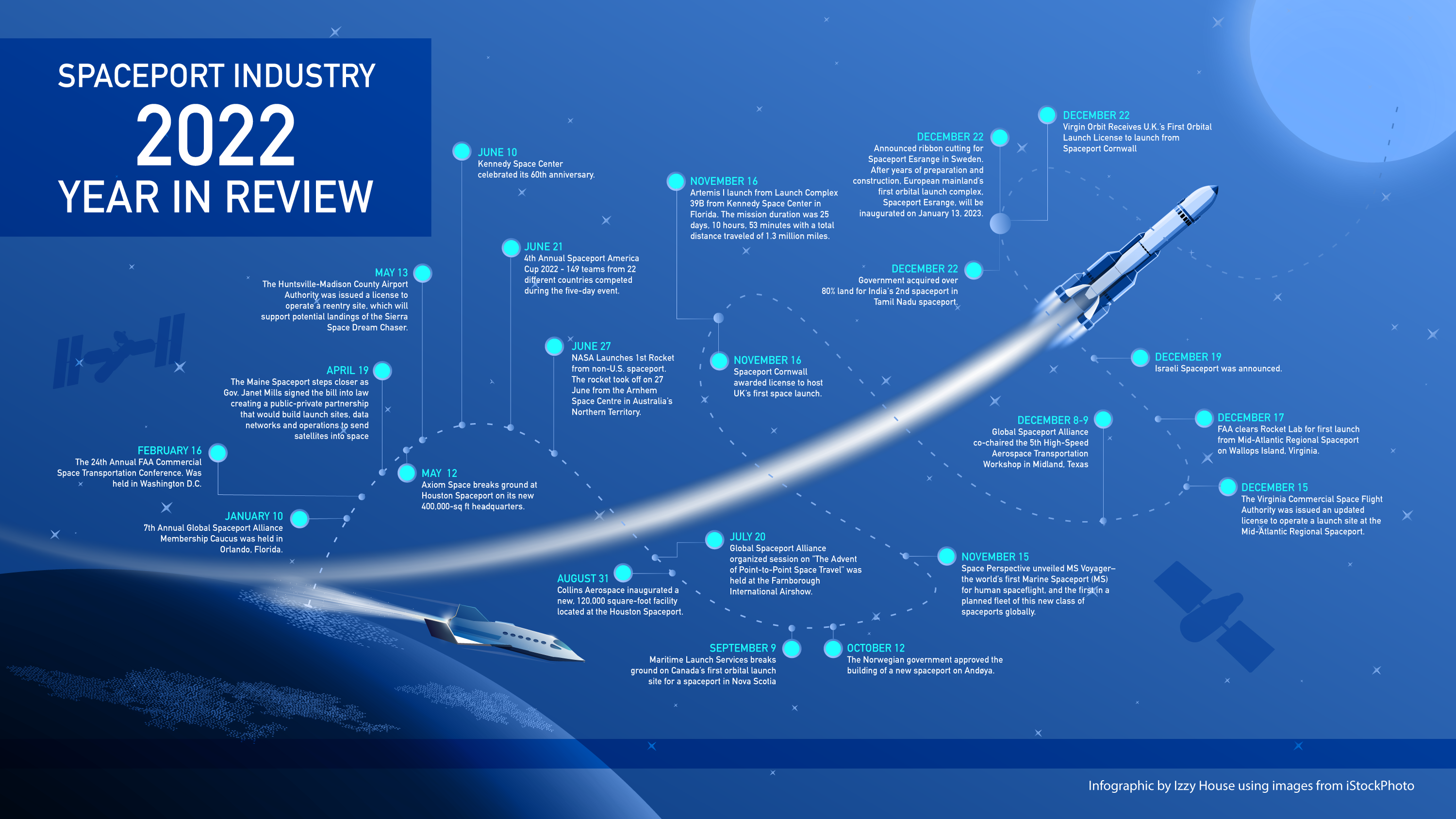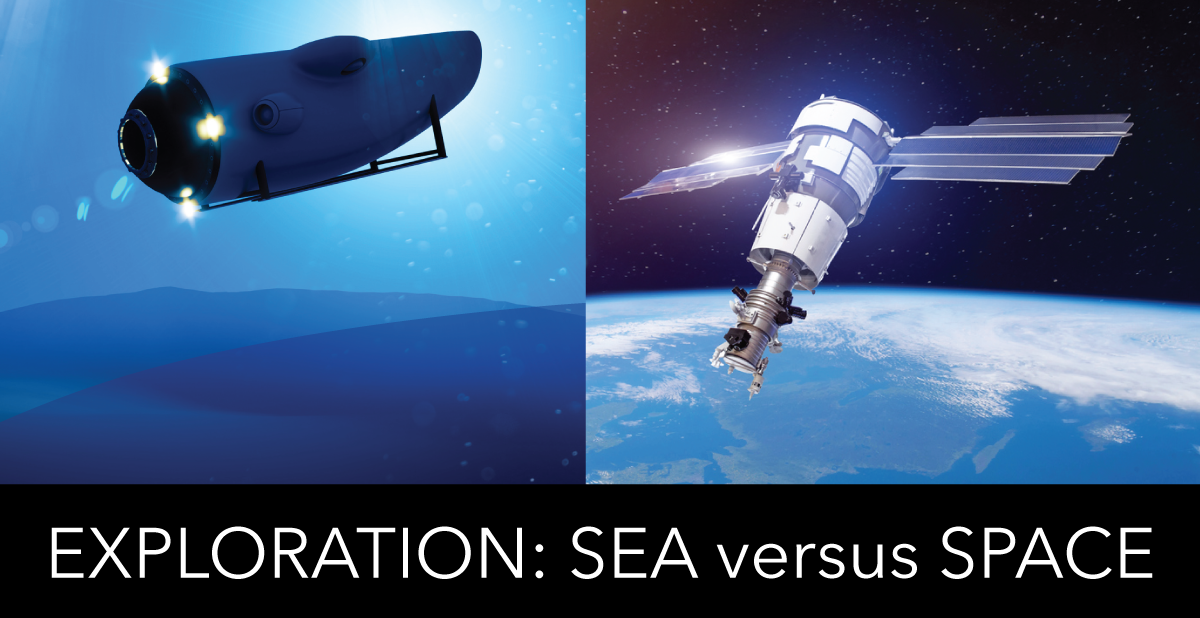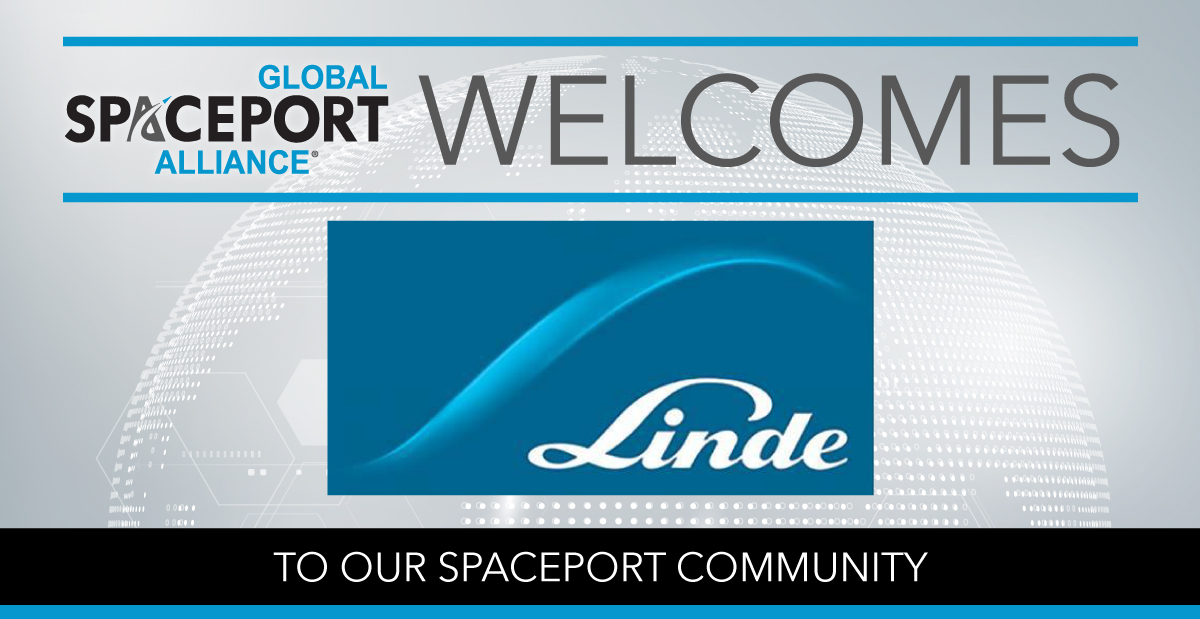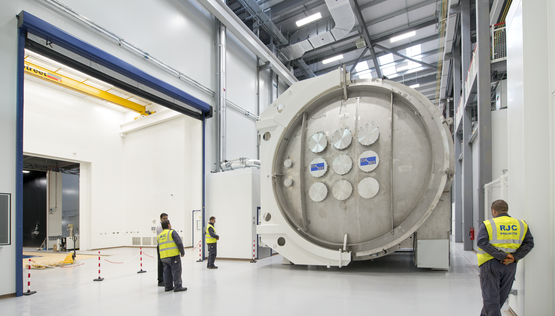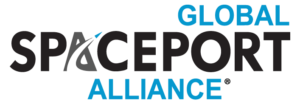17 August 2023, Adelaide, Australia and Sejong, Korea
Equatorial Launch Australia (ELA) the developer, owner and operator of the Arnhem Space Centre (ASC) on the Gove Peninsula in Australia’s Northern Territory, has today signed a multi-year, multi-launch contract with Korean aerospace company, INNOSPACE, for a series of orbital launches from the Australian spaceport.
The agreement will see the launch of several INNOSPACE rocket variants each carrying between 50kg and 500kg payloads into low earth orbit from the ASC across a five-year timeframe until Dec 2028.
ELA is widely regarded as the most advanced multi-user commercial spaceport in the world, and the signing of this contract has validated the business concept and development plans by securing INNOSPACE – the only hybrid-fuelled rocket company worldwide to have successfully launched into space – as the first commercial company to become a ‘resident launcher’ (long term tenant and regular launcher) at the Australian spaceport. The first launches by INNOSPACE from the ASC are expected to commence in early 2025. ELA previously had a three-launch contract with NASA.
ELA has been working with the Australian Space Agency (ASA) to expand its existing Launch Facilities License (LFL) to support orbital launches from the ASC with a range of orbital rockets, differing azimuths and trajectories and a much wider array of propellant mixes and rocket configurations as part of its Phase 2 Development Plan. This work with the ASA will now expand to assist INNOSPACE to obtain its first Australian Launch Permit (ALP). This ALP approval process is expected to take between 6 and 14 months commencing later his year.
As one of up to seven planned ‘resident launchers’ INNOSPACE will be allocated a Space Launch Complex (SLC), comprising two modern ASC launch pads customised to INNOSPACE’s rocket requirements and an extensive Horizontal Integration Facility (HIF) which allows for rocket assembly, payload integration (in an ISO 8 clean room) and has overhead cranes, offices, workshops and system test facilities in a temperature and humidity controlled environment. Each SLC is fully enclosed and encompasses a range of ITAR compliance measures including video and movement sensor security, extensive fencing, and access control.
Michael Jones, Executive Chairman and Group CEO of ELA said the contract with INNOSPACE was a major milestone for ELA. “We are delighted to announce this multi-launch and long-term agreement with INNOSPACE and what we hope is the first of several launch agreements which we have been developing for some time. INNOSPACE is a truly innovative company with outstanding technology and is one of the leaders in the emerging market of smaller launch providers. INNOSPACE is one of the first of the next batch of “new space” rocket companies to launch and with increasing congestion at major spaceports globally, INNOSPACE has recognised the unique launch/geographic, infrastructure and commercial benefits of launching from the ASC.”
“The launch contract and associated space launch complex agreement which we have been discussing for over a year provide INNOSPACE with the flexibility they require around launching a range of launch vehicles at an increasing cadence over the next five years,” he said.
“This contract demonstrates the potential for the ASC to deliver on our goal of being the pre-eminent commercial launch site globally. With the combination of our launch pad design/technology, launch inclination options, geopolitically stable base, infrastructure, logistics and engineering support solutions we have developed, we know we offer a highly competitive and attractive spaceport solution,” said Mr Jones.
“Last year’s three successful launches with NASA allowed us to showcase the skill and capabilities of both the ELA team and the Arnhem Space Centre to the world. We’re excited to embark on that journey again – this time with INNOSPACE. It is a very important part of our ethos and culture to be known for what we achieve and not what we predict, and this contract again shows this aspect of ELA.”
Soojong Kim, CEO of INNOSPACE said, “we are thrilled to have secured an optimal launch spaceport, the ASC, which has the benefits of launching from an equatorial spaceport and brings launch efficiencies through this multi-launch agreement with ELA. Our goal is to offer customers greater flexibility for their launch schedule and orbit access with frequent dedicated launch opportunities. We expect to enable our satellite customers to achieve significant innovation with our orbital launch services by launching from the ASC.”
MEDIA CONTACTS:
Equatorial Launch Australia
Amanda Hudswell,
Head of Marketing & Communications
amanda.hudswell@ela.space
Ph: +61 (0) 403166947
www.ela.space
INNOSPACE
Jeonghee Kim
Communications Manager
jhkim2@innospc.com
Ph: +82.44.715.7948
www.innospc.com
